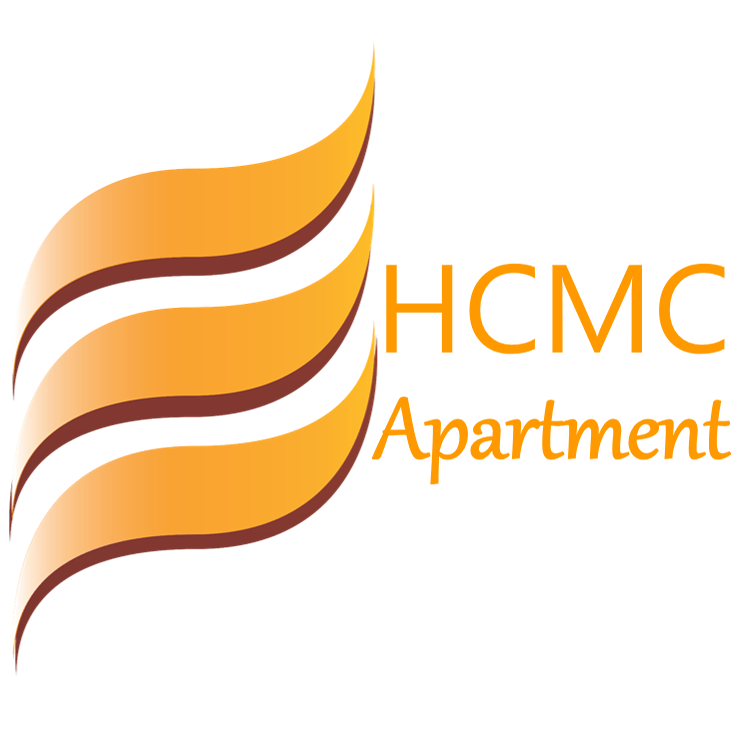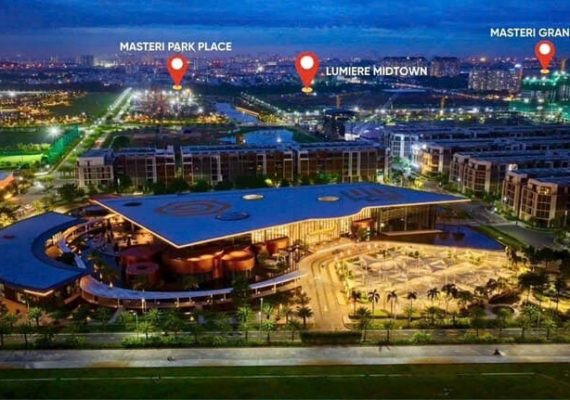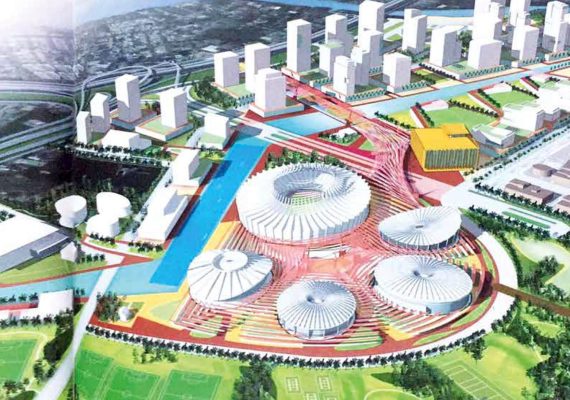According to experts, if Ho Chi Minh City, Ba Ria-Vung Tau, and Binh Duong merge, it will help leverage the strengths of each locality within a stronger, more interconnected regional framework.
Recently, Prime Minister Pham Minh Chinh held a meeting with the Standing Committee of Ho Chi Minh City, Ba Ria-Vung Tau, and Binh Duong to discuss various issues, including administrative boundary adjustments and organizational structure.

The process of studying the merger proposal is currently being reviewed by agencies, units, and localities, and has not been officially announced. However, many experts believe that these three localities, which are adjacent to each other, could merge to complement each other in terms of area and population, while also forming the strongest economic, cultural, and social nucleus in the country. Therefore, the issue of connecting Ho Chi Minh City with neighboring localities is being carefully considered by both the central government and local authorities.
Dr. Ngo Viet Nam Son, an architect and urban planning expert, stated that this is a feasible proposal that could enhance the strengths of each locality within a larger framework with a stronger regional connection. In this context, Ho Chi Minh City has the capacity to serve as the administrative capital, with the new merged entity named after the city itself.
A New Vision Reporter: Many assessments suggest that Ho Chi Minh City, Binh Duong, and Ba Ria-Vung Tau could merge to help these localities prosper together. What is your view on this?
Architect Ngo Viet Nam Son: Around the world, countries typically base their provincial arrangements on criteria such as organizational structure, economic efficiency, and similarities in customs and society.
For many years, Ho Chi Minh City, Binh Duong, Ba Ria-Vung Tau, and Dong Nai have been among the top contributors to the central budget, forming a key economic quadrangle in the Ho Chi Minh City metropolitan area. All four of these localities have high GRDP (Gross Regional Domestic Product), dynamic economic and social activities, and a highly educated population, which makes them well-positioned for merging and restructuring.
If these three or even all four of these provinces and cities were to merge, it could present an opportunity to boost regional integration and development to a new level. This would simplify the goal of improving regional cooperation efficiency compared to the complex process of negotiating regional cooperation between the four provinces and cities previously.
What preparations should the governments of the Ho Chi Minh City metropolitan area, Binh Duong, and Ba Ria-Vung Tau make in the event of such a merger?
If the merger of the three provinces is approved, the first step would be to comprehensively assess the new “landscape” to lay the foundation for determining more suitable strategic planning directions for the newly merged province or city.
It is important to note that the Prime Minister recently approved the master plan for these three provinces and cities. Given that all other provinces and cities across the country must adjust their master plans according to the multi-sector integration approach of the new 2017 Planning Law, the three approved plans cannot simply be merged. They should instead serve as reference materials for creating a new master plan for the “Ho Chi Minh City after the merger,” with a bold new vision.
What do you think about the economic opportunities related to the maritime sector if Ho Chi Minh City merges with Ba Ria-Vung Tau?
Having had the opportunity to consult on urban planning for many provinces and cities across the country, I have observed that if the provinces in the region remain separate, the process of discussing regional cooperation will be more difficult, as each locality will tend to prioritize its own interests and remain somewhat wary of competition from neighboring areas. However, after the merger, leaders of the merged province or city may take a more open view of the common benefits of “internal regional integration.”

In the previous master plan for Ho Chi Minh City, the Can Gio port was originally planned as a transshipment port, but it could now be upgraded to an international port, part of the Thi Vai – Cai Mep – Can Gio port complex, with infrastructure linking to industrial zones in the economic quadrangle.
The Can Gio coastal urban area is currently isolated, with only connections to inner Ho Chi Minh City. Therefore, if Ho Chi Minh City merges with Ba Ria-Vung Tau, the Can Gio coastal urban area could connect with Vung Tau to form an ecological and tourism urban chain, while also becoming the southern development pole of Ho Chi Minh City, with added links to the Long Thanh airport urban area and other cities in the Ho Chi Minh City metropolitan region.
Metro planning from Ho Chi Minh City to Vung Tau
Reporter: What about Ho Chi Minh City and Binh Duong?
Architect Ngo Viet Nam Son: As I mentioned earlier, Binh Duong has the largest railway station in the metropolitan area and is located in a highland area, which can be developed into an industrial and high-tech urban zone. If merged, we could consider elevating the Song Than railway station to become the central regional hub for Ho Chi Minh City. From there, we could build a railway line connecting the Cai Mep – Thi Vai – Can Gio port complex, the industrial zones in northern Binh Duong, the Thủ Thiêm central urban area, Can Tho, southern provinces, and Mộc Bài (Tay Ninh)…

Ho Chi Minh City’s metro planning also needs to incorporate connections to the northern extremity in Binh Duong and the southern extremity, including the coastal urban chain of Can Gio – Ba Ria-Vung Tau.
You mentioned building a railway to connect Binh Duong to the Cai Mep – Thi Vai – Can Gio port complex. Would there also be connections with Dong Nai to strengthen the economic quadrangle?
Architect Ngo Viet Nam Son: I envision a national and international maritime economic axis linking Ho Chi Minh City (after the merger) with Dong Nai, especially connecting to the Long Thanh airport urban area and industrial urban zones in Dong Nai, via a multi-modal infrastructure system including highways, railways, ports, and airports…
Through this, the economic space of this economic quadrangle will connect with the Ho Chi Minh City metropolitan area and with the national and international transport network.
This will be a crucial foundation for driving double-digit growth in the Ho Chi Minh City metropolitan area, elevating it to the level of international urban regions in Asia.
Thank you very much for your insights.
Source: Phap Luat Viet Nam
To be updated potential properties in Ho Chi Minh, Binh Duong, Ba Ria Vung Tau, please contact Helen at helen.nguyen@era.com.vn or 0906741539 (whatsapp)







